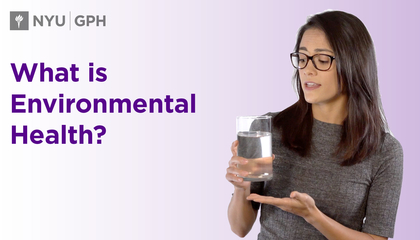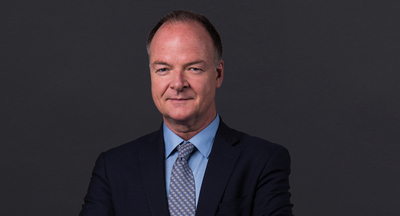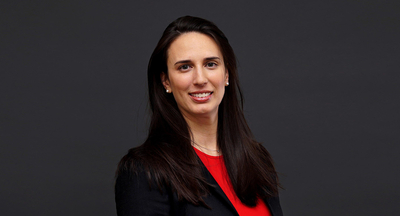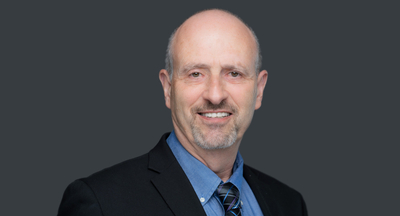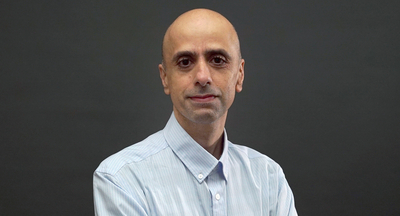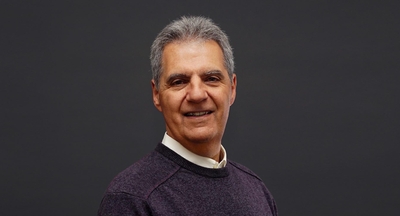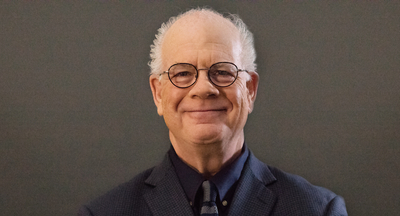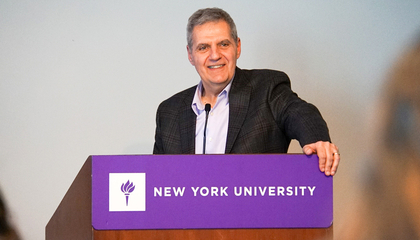The relationship between the environment and humans is symbiotic. We impact our surroundings and our surroundings impact us, thus creating great consequences to our health.
Environmental health professionals study the relationships between people and their environments. It is the public health field that monitors physical, chemical, and biological factors we might not have control over but can have a great influence. In this area, experts can work as ecologist, environmental inspectors, toxicologists, occupational health scientists, and disaster relief and preparedness specialists to name a few. They become leaders in making environmental change for a better earth and improved quality of life.
Agent-Based Modeling Lab
Agent-Based Models (ABMs) are artificial societies of software people (though agents can also be mosquitoes, viruses, vehicles, teams) who interact with one another to generate surprising and important social patterns of scientific and policy interest. Racial segregation, intergroup conflict, skewed distributions of wealth, pandemic spread, financial contagion, ancient civilizations, urban dynamics, social networks, and more have been generated “from the bottom up” in micro-worlds of agents. The method of agents positions us to understand how the micro world of individuals generates the macro world of collective phenomena.
The Agent-Based Modeling Lab is NYU's hub for research, courses, real-world applications, seminars, events, and projects on agent-based modeling in public health and the social and behavioral sciences. The essential mission of the Lab and its affiliates is to advance interdisciplinary science, deepening the theoretical foundations, and expanding the humane applications, of agent-based modeling and complementary areas of mathematics across the social, behavioral, and health sciences.
Population Impact, Recovery and Resilience (PiR2)
The Program on Population Impact, Recovery, and Resilience (PiR2) applies social science and public health theory and methods to improving the health and well-being of communities and populations affected by, or at-risk of, complex hazards and disasters.
Mathematically, PiR2 is an equation describing the area of a circle. Its elegance is that it works for any size circle, large or small. This epitomizes our goal: to measure recovery and resilience within any size community, and to account for the multiple social, economic, and cultural systems that influence the health and well-being of the populations living within it.
Community Preparedness & Response (CPR) ClubThe Community Preparedness & Response Club (CPR) serves as a platform for students to learn about emerging topics in disaster preparedness and response, advance their professional and career interests in the field, and gain specific emergency response and management skills. CPR encourages students of all concentrations to join in our events as we delve into issues encompassing local, state, national, and global emergency preparedness along with the implications for the populations most at risk. Through a series of training events, field trips, volunteering experiences, professional panels, and conferences, CPR aims to foster a community of NYU students with active bystanders skills to respond to emergencies at a moments notice.
Faculty at GPH
Chris Dickey
Alexis A Merdjanoff
David Abramson
Erez Hatna
Jack Caravanos
Joshua Epstein
Robyn Gershon
We are fighting so many global health challenges and we as public health professionals are the workforce that are going to determine the next 50 years, which are going to determine the next 10,000 years.

In this episode we talk to NYU GPH faculty member Jack Caravanos, who works as the Director of Research at Pure Earth alongside Angela Bernhardt, who serves as Director of Communications at this organization. Pure Earth, formerly known as the Blacksmith Institute, is a leader in global toxic pollution cleanup. Since its inception in 1999, Pure Earth has completed 110 environmental remediation projects in 27 countries, improving the lives of millions of people, especially children, who are most at risk from the threat of toxic pollution. Based in New York, Pure Earth works cooperatively around the world in partnerships that include governments, the international community, NGOs and local agencies, to design and implement innovative, low-cost solutions to save lives while addressing the threat of toxic pollution on a global scale.
